
Body Forms Structure Relates to Function

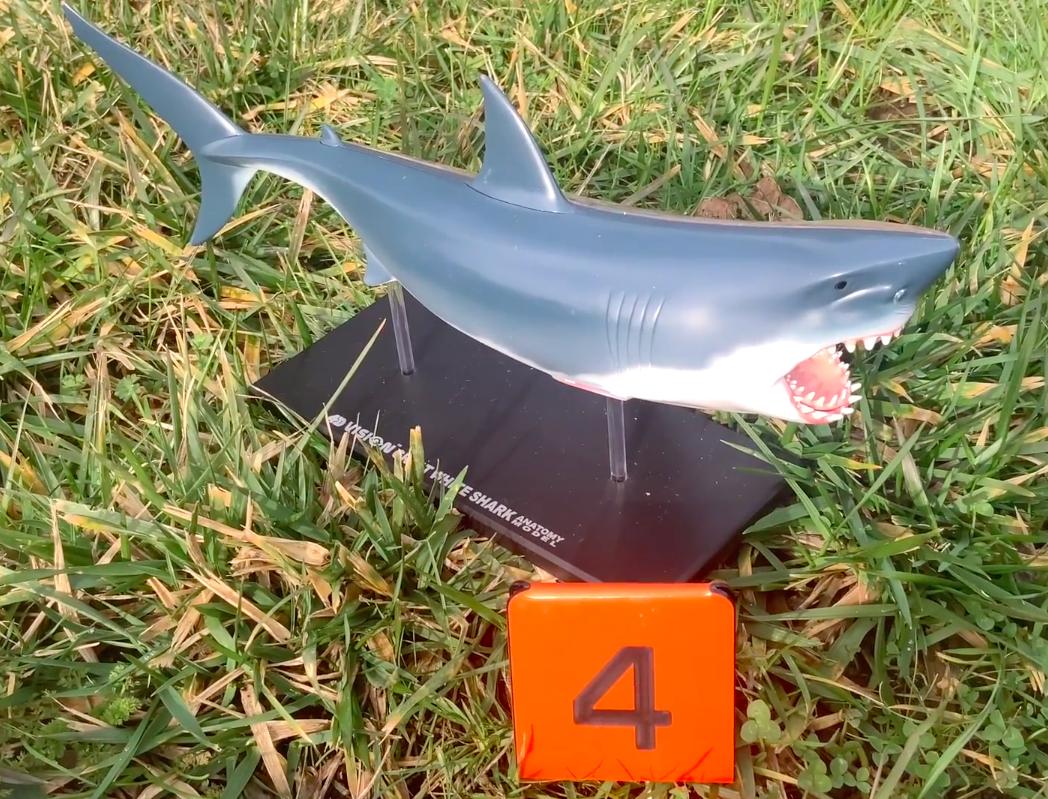
Body Forms Objectives
-
Describe the basic body forms found in animals, including example species.
-
Discuss how these body forms can relate to animal survival.
-
Analyze skull structures to determine likely functional role of animals in their habitats.
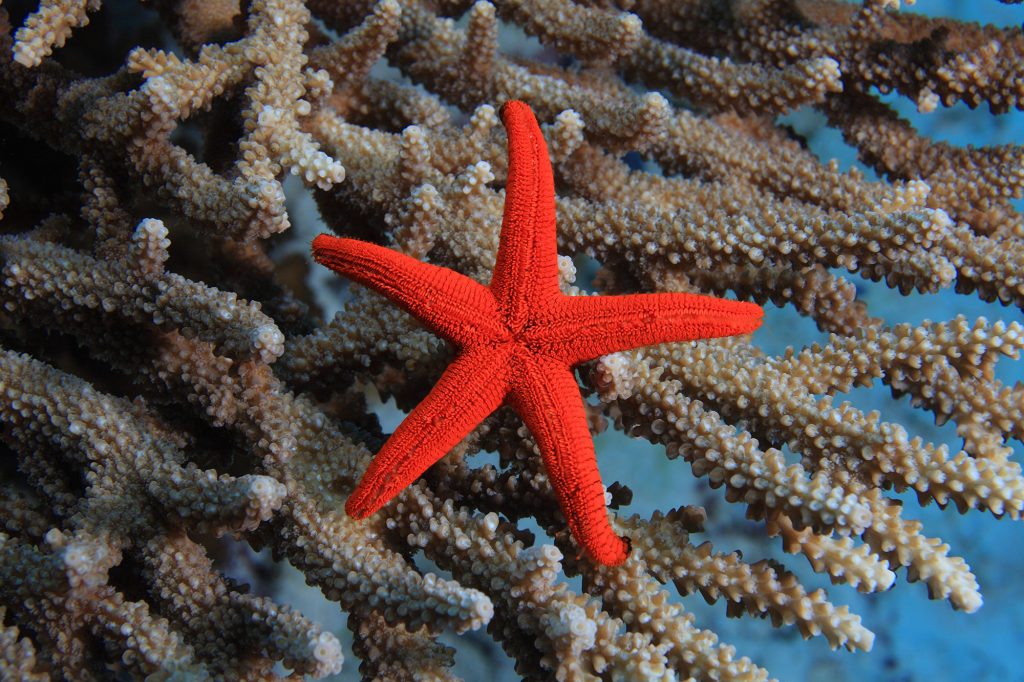
One of the first things you notice when you see an animal is its body form: the shape and overall size.
Shape combines many elements including symmetry. For this sea star, the symmetry is radial (radiates from a central point), it does not have obvious segments like an insect, and it has five limbs (legs).
Some animals, particularly sponges, do not have a consistent symmetry. Cells grow in different directions. Other organisms have genetic controls on the amount and direction of cell growth that results in symmetry.
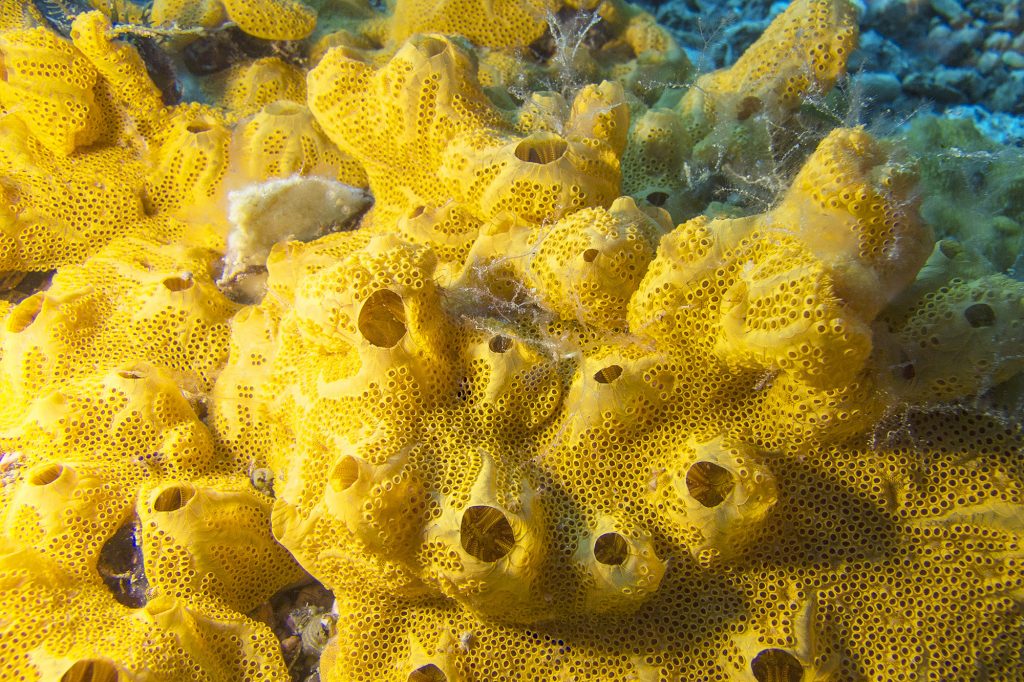
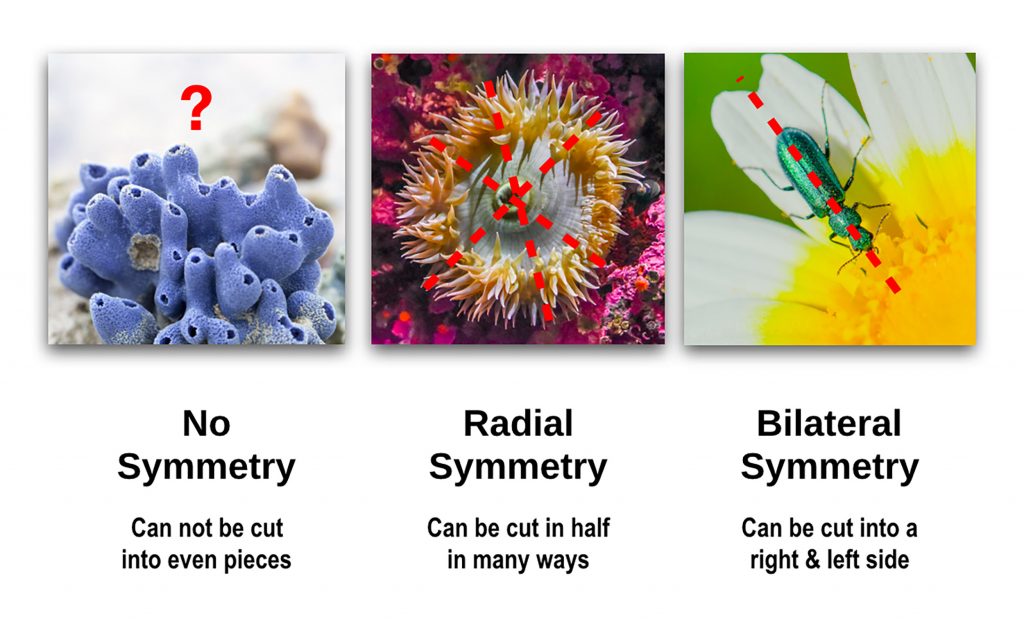
Of the 35+ animal phyla, two have easy to observe radial symmetry.
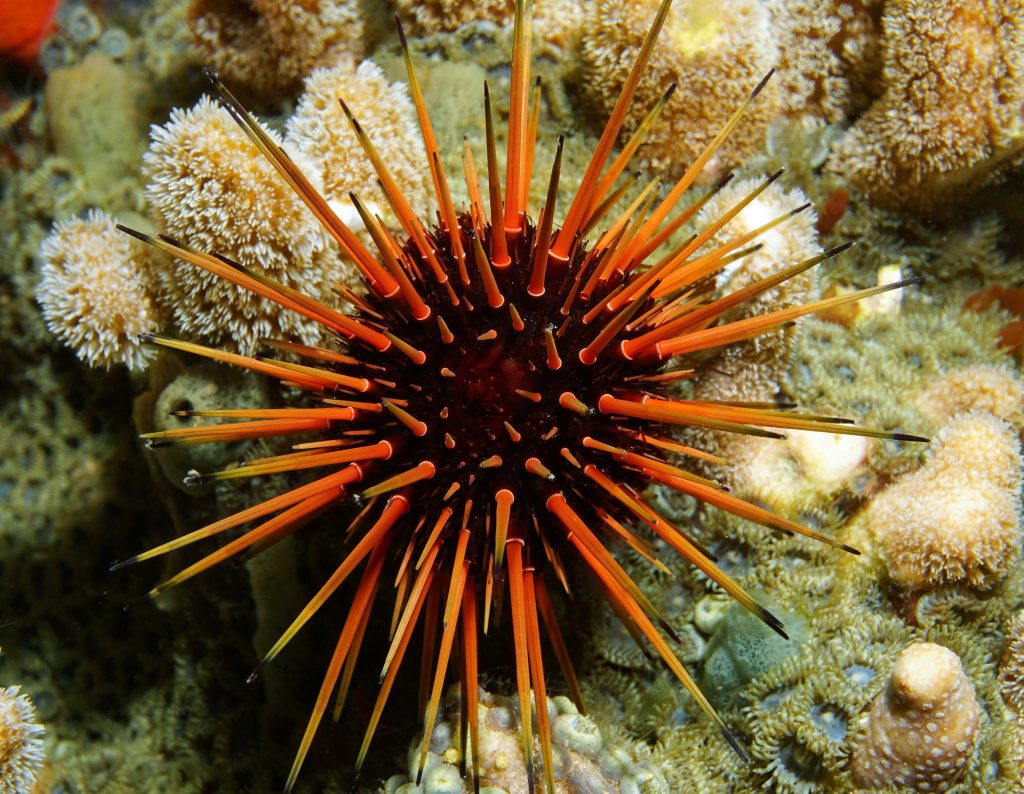
Phylum Echinodermata
(sea stars, sea urchins, sea biscuits)

Phylum Cnidaria
(corals, anemones, jellyfish)
Most animals that move rapidly have bilateral symmetry; potentially due to the movement of one side and then the other to propel forward.
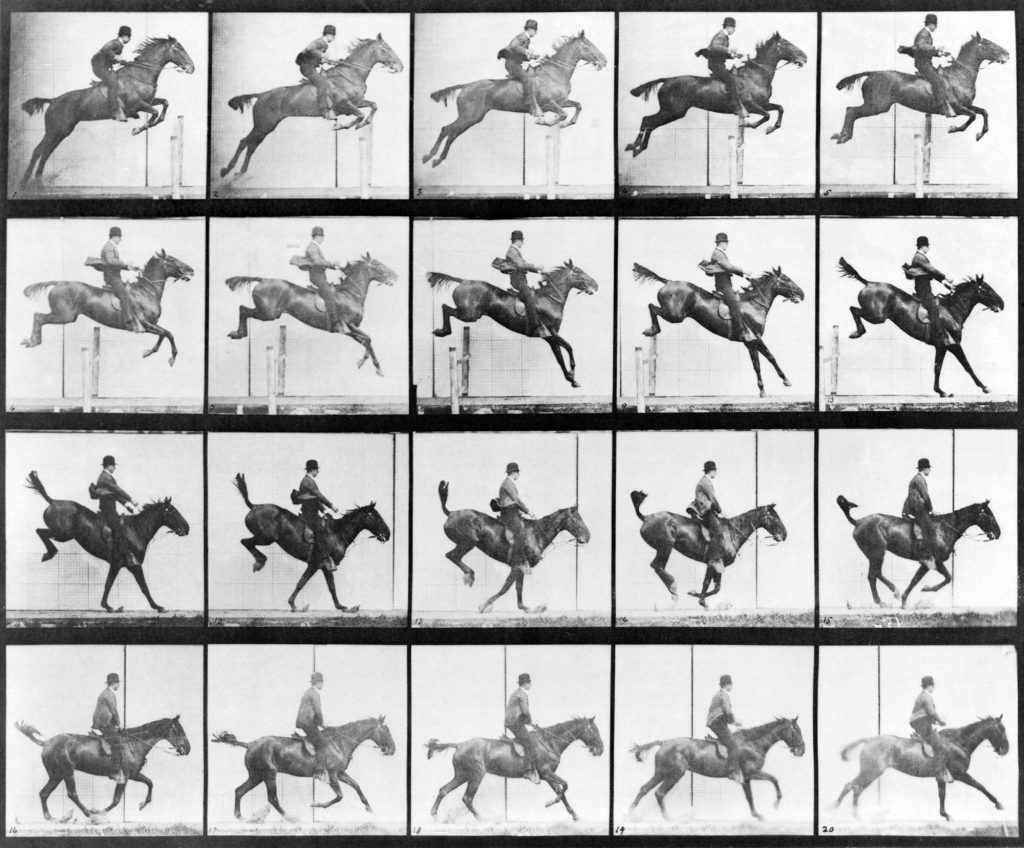
Body shape relates to environmental factors.
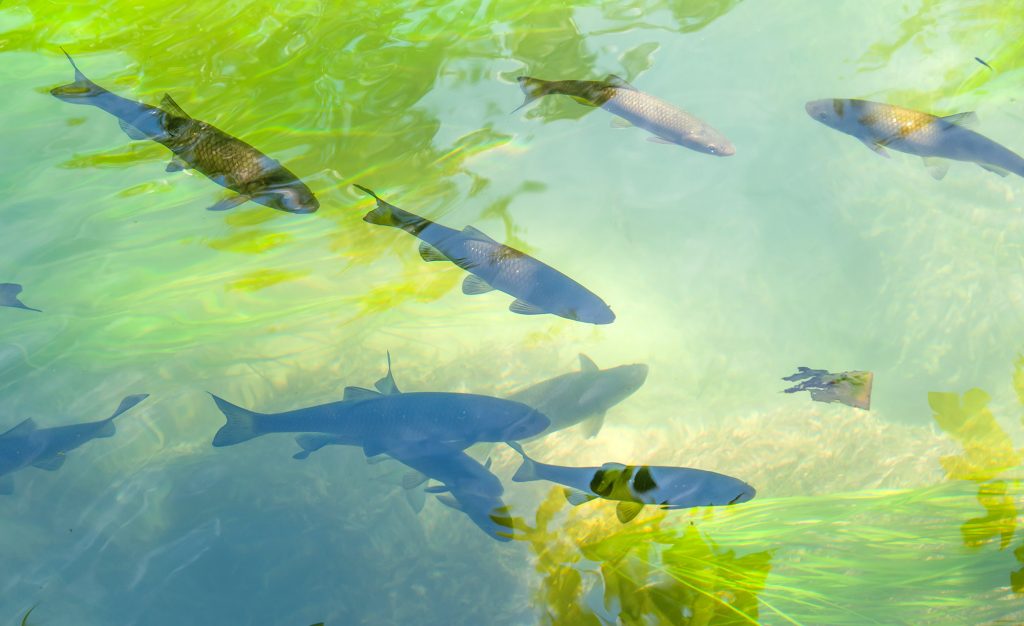
Aquatic
Aquatic species often have a fusiform (tubular) shape that reduces drag
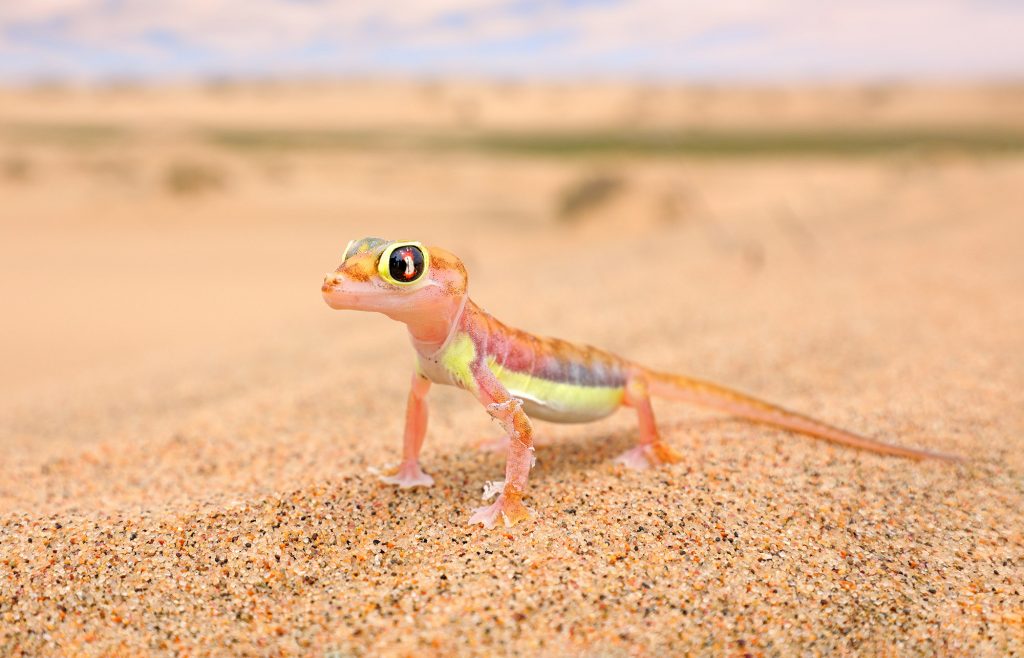
Terrestrial
Terrestrial species often have structures that are adapted to cope with gravity, including strong skeletons and musculature.
Climate relates to body shapes
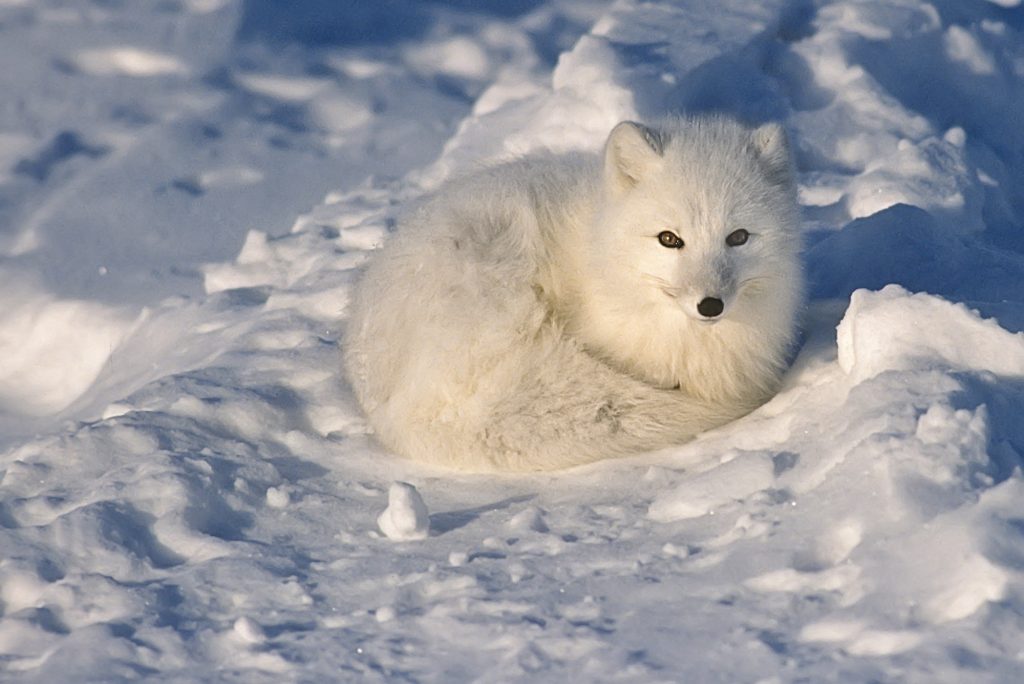
Extreme Cold
Species in cold ecosystems sometimes have reduced structures, like smaller ears, to decrease exposed surface area. The arctic fox has the smallest relative ear size of any fox species.
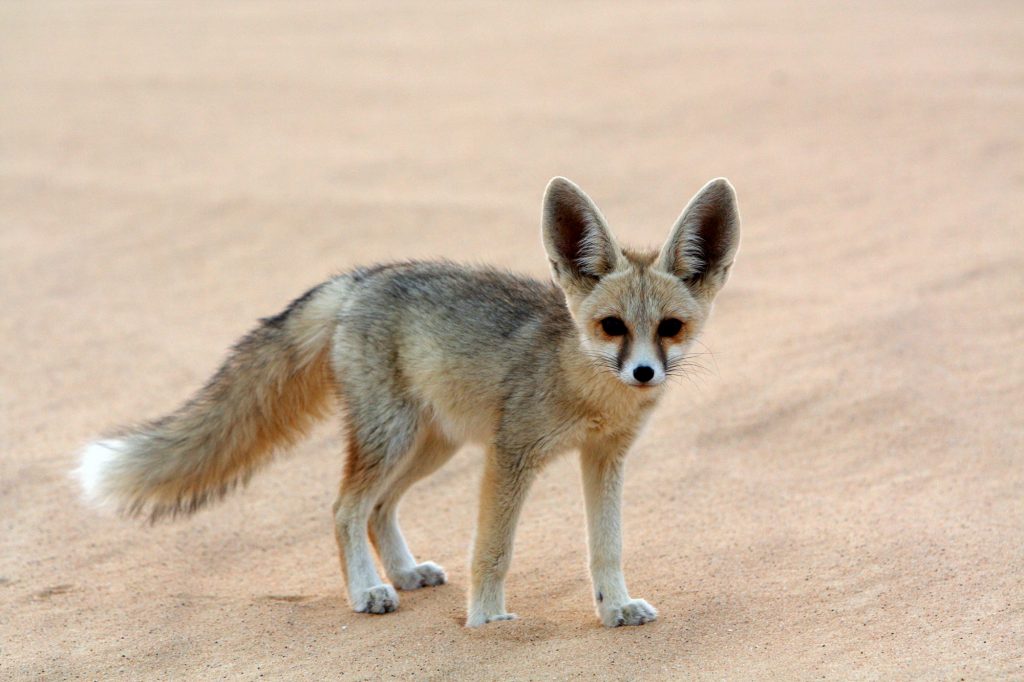
Extreme Heat
Species in hot environments may have structure to dissipate heat. The ears of this desert fox have blood vessels that lose heat, reducing internal temperature.
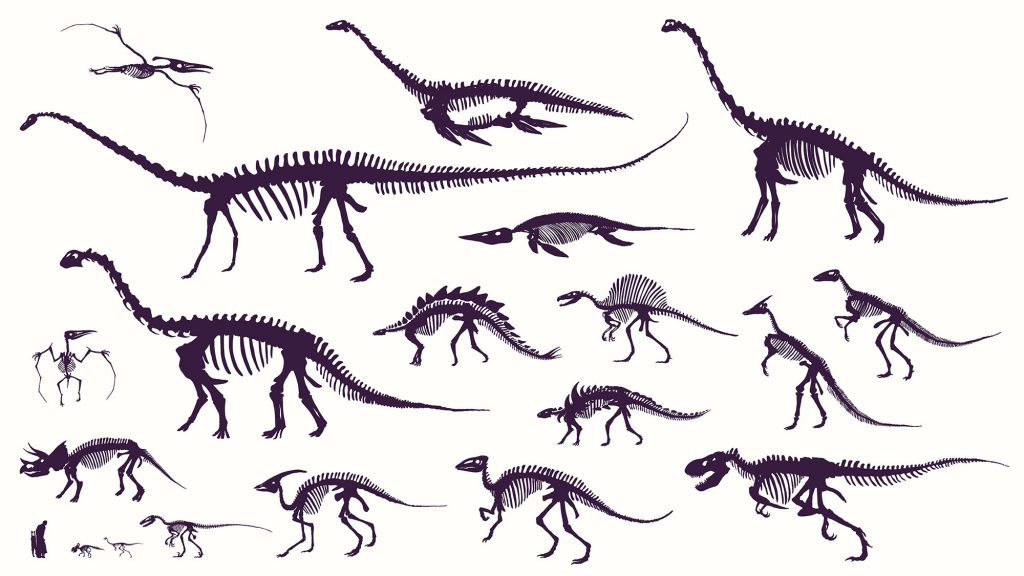
Exoskeletons and endoskeletons impact the overall size of organisms.
Exoskeleton: a rigid external structure that protects and supports invertebrate bodies.
Endoskeleton: vertebrate internal structures made of cartilage or bone.
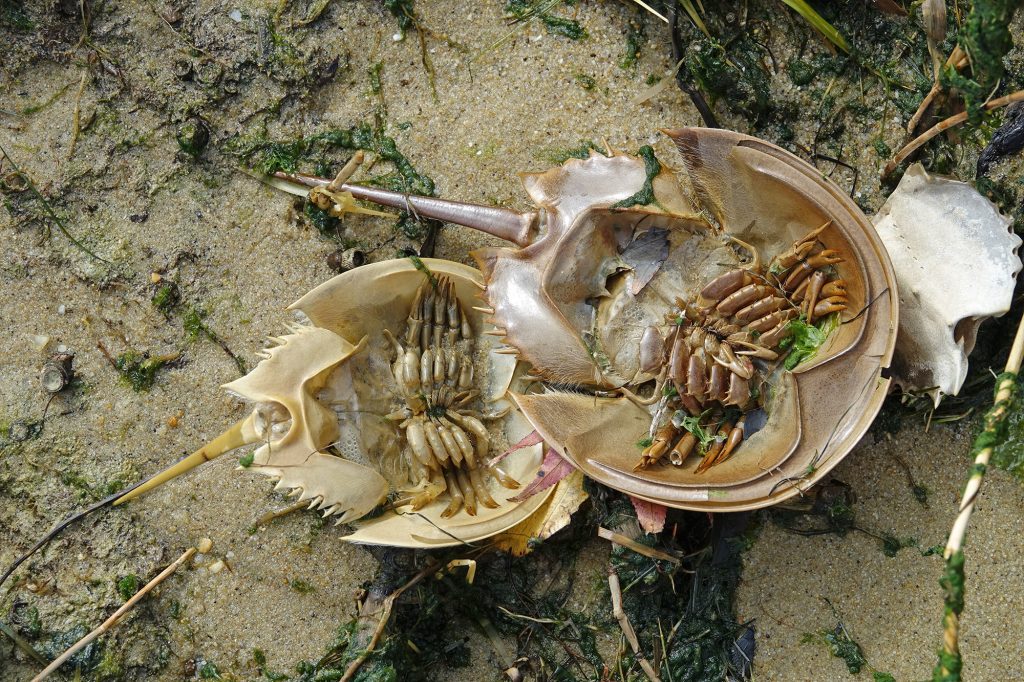
Exoskeleton
Organisms molt (shed) their exoskeleton to grow in size. With each molt, the exoskeleton thickens. This thickness limits the number of molts and overall size.
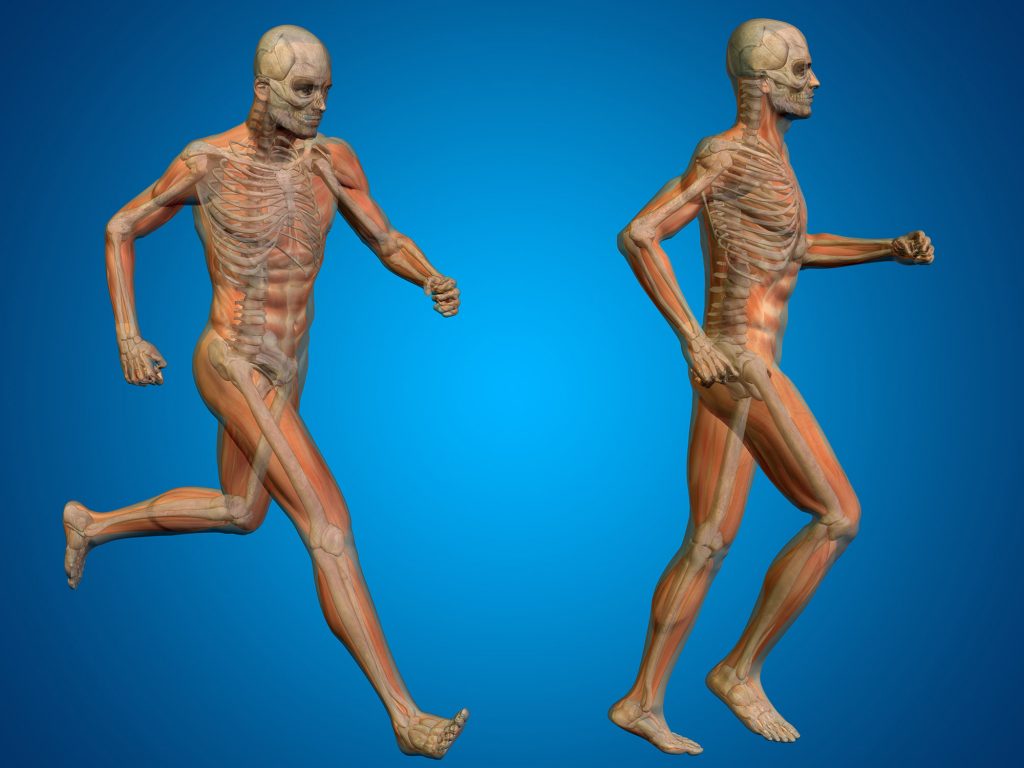
Endoskeleton
Organisms with an internal skeleton have to have enough skeleton to support the muscles and organs needed for movement. The larger the organism, the heavier the skeleton needed to move.
Body size impacts an animal’s metabolism.
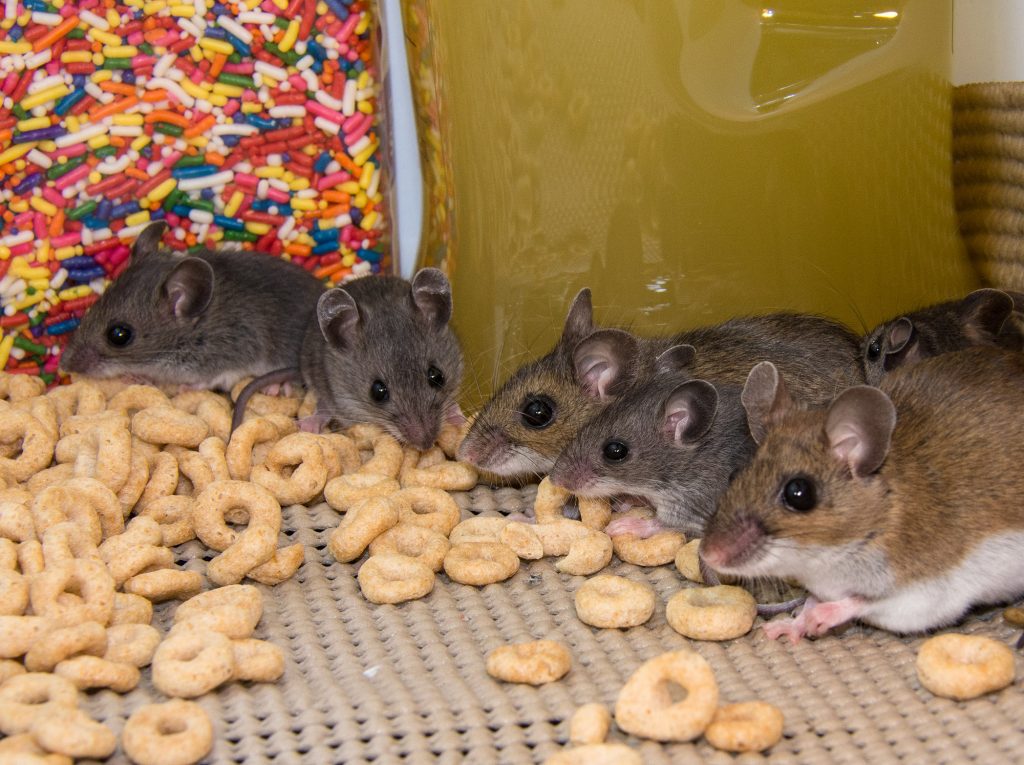
Small Animals
Small animals have a large surface area relative to their body mass and lose more heat related to body size. This means they have a higher metabolism and need to eat more food relative to their body size. Many small mammals eat high energy fruits, seeds, and insects.
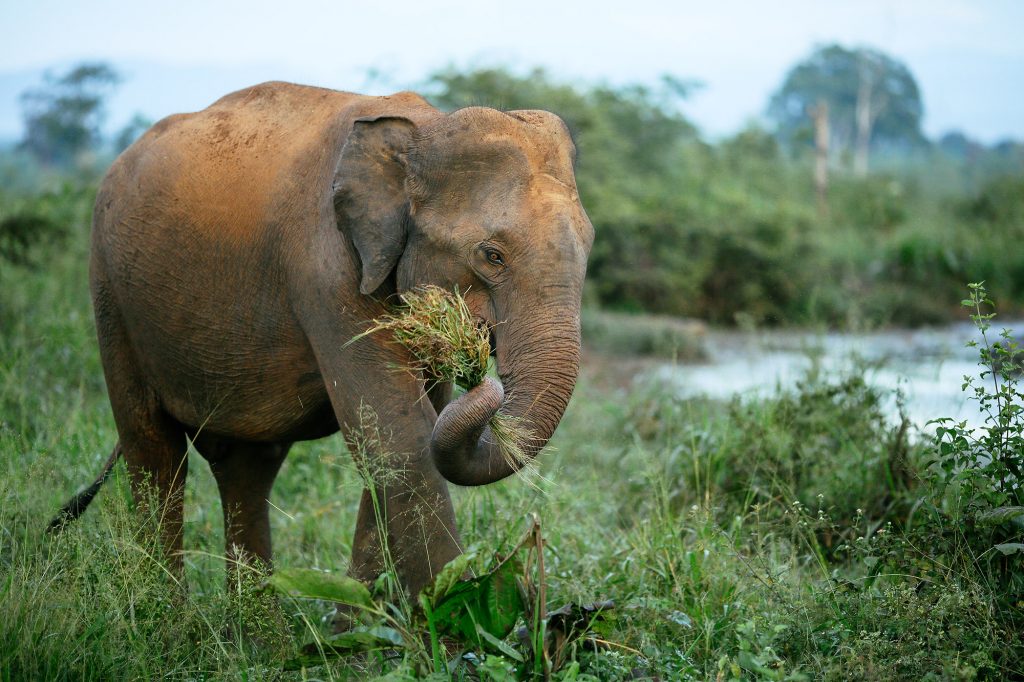
Large Animals
Large animals have a smaller exposed surface area relative to body mass. This means less relative heat loss, lower metabolism, and a lower food requirement relative to size. An elephant’s metabolic rate per gram of tissue, is approximately a tenth of a mouse’s metabolic rate.
Describe the body shape of the shark and sting ray.
Skulls
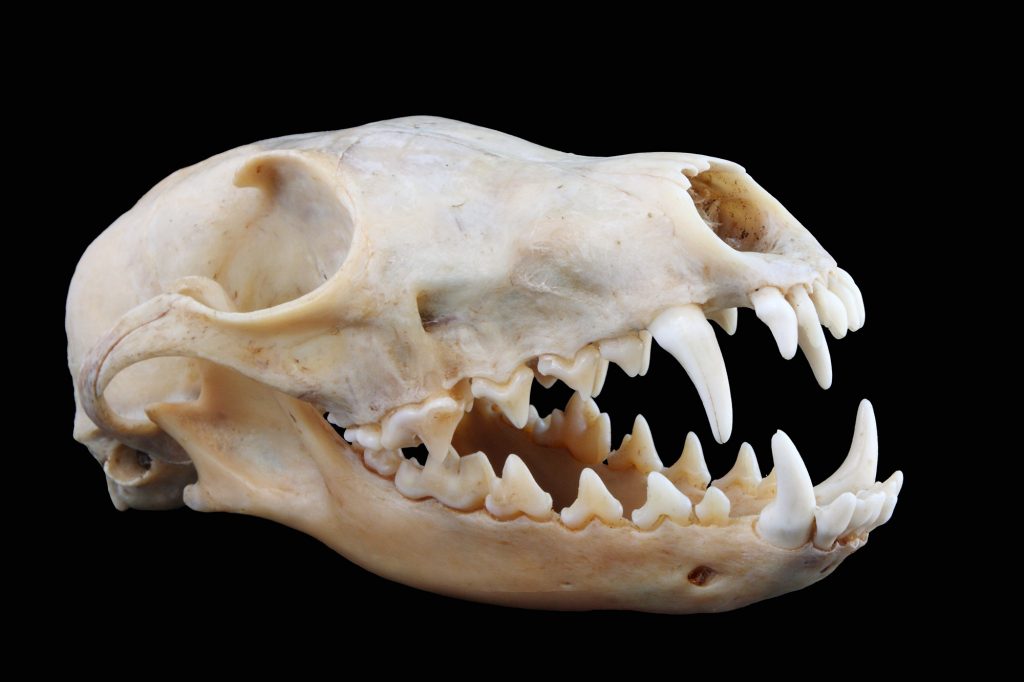
Skull bones support the face and protect the brain of vertebrate species. Skulls have two parts: the cranium (which includes the maxilla) and the mandible (lower jaw).
Small herbivores like this rabbit often have mandibles with incisors for cutting and molars for grinding plant material.
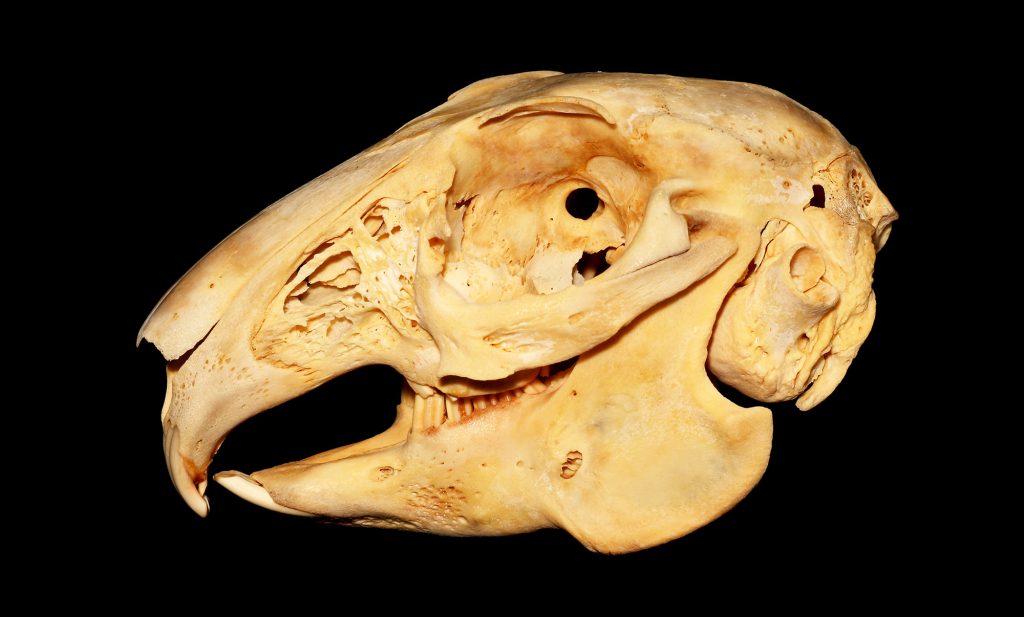
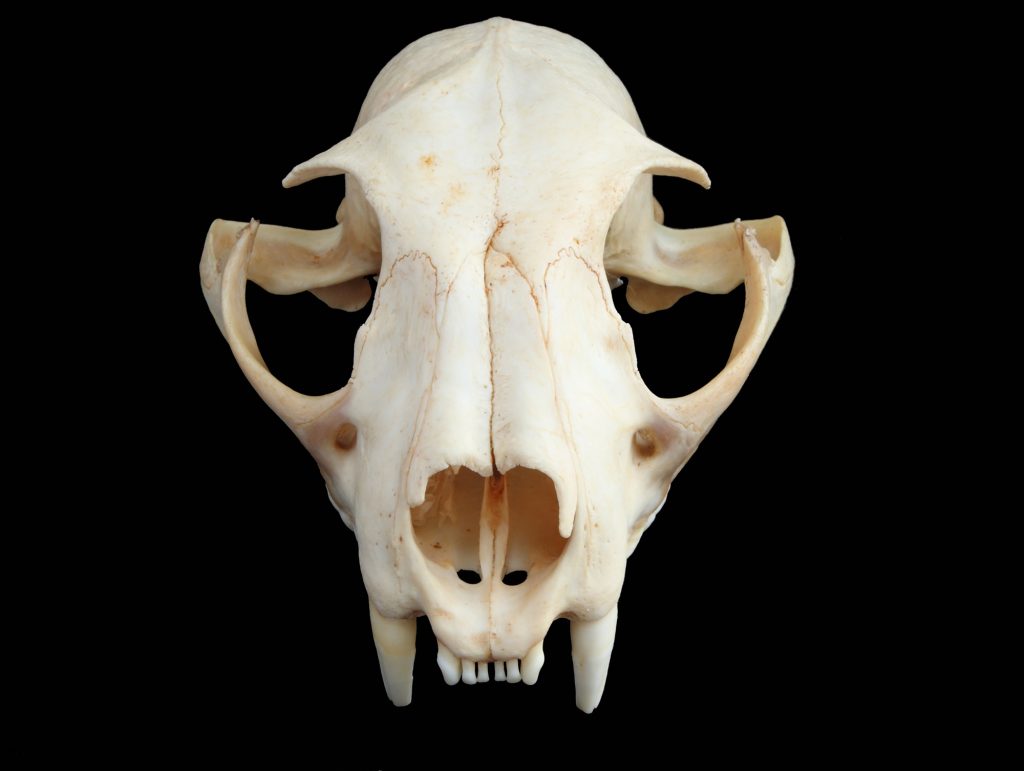
Skulls fix the position of the eyes for seeing and the ears for hearing. Predators that rely on vision to find prey often have large eye sockets (“orbits”) like this lynx.
In ungulates like this goat, the skull is the point of attachment for horns or antlers.
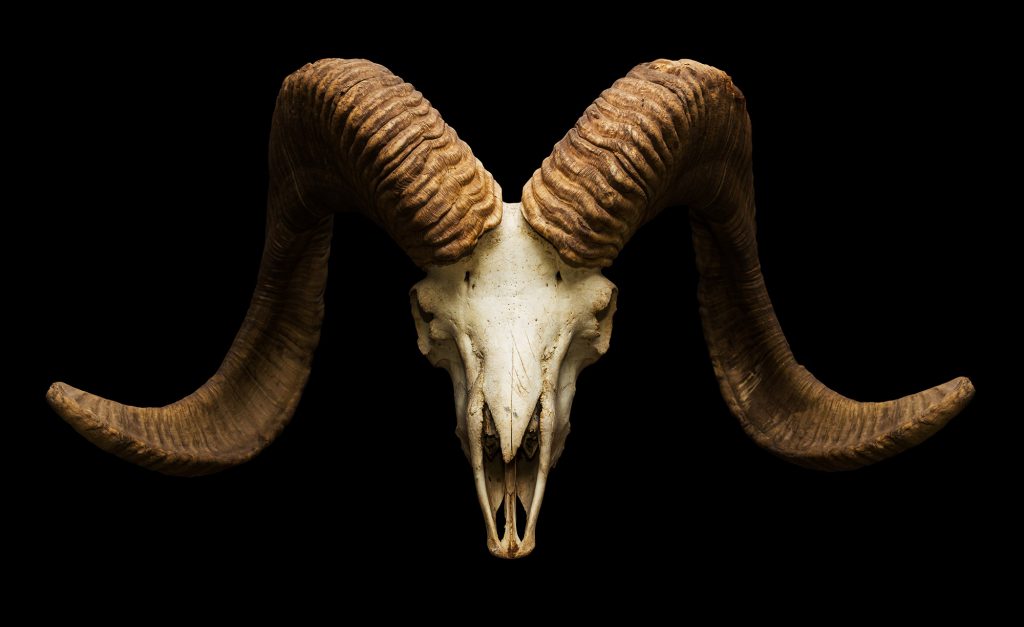
Note the different skull sizes and shapes in this video, including eye placement and length of the mandible.
This is a different perspective comparing skulls from major vertebrate groups.
Alligator Skull
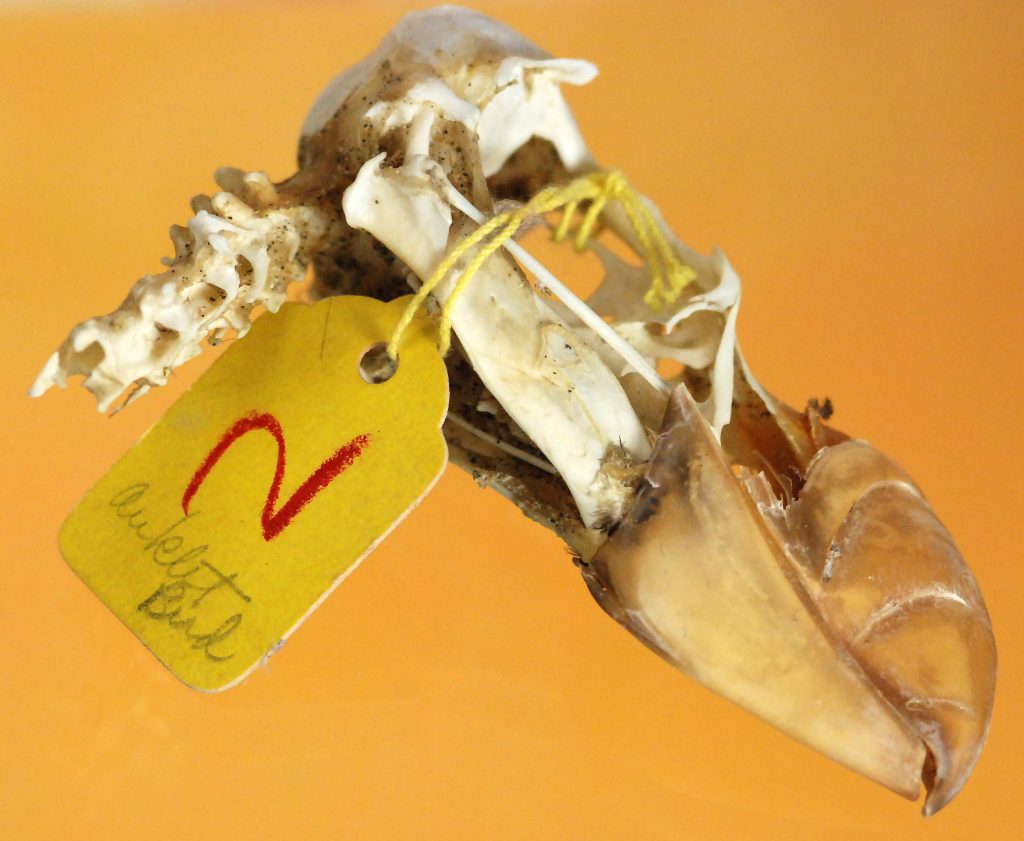
The beak of this auklet, a north pacific waterbird, enables it to filter plankton (floating organisms) out of oceanic waters.
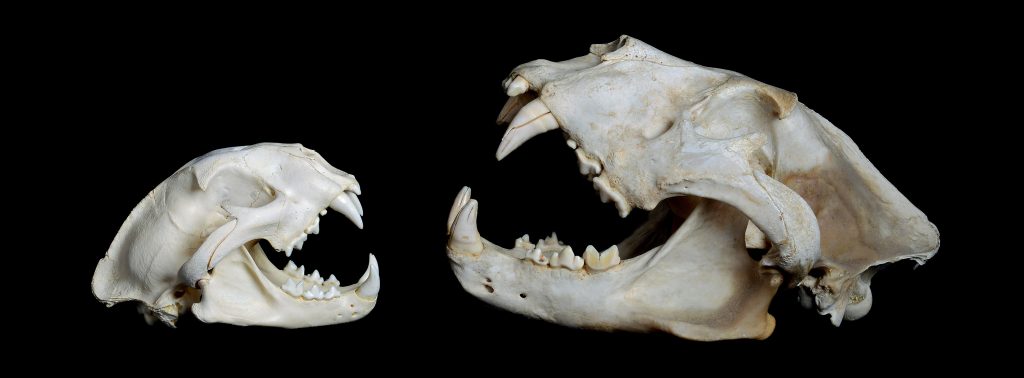
The largest megafauna predators are extinct in North America. The mountain lion is one of the remaining living species (left) compared with the African Lion (right).
Homo neanderthalensis overlapped with our species Homo sapiens for tens of thousands of years. Skulls indicate similarities and differences between the two species.
This is the end of the Predation Guide. Material from this guide and corresponding lecture, as well as the previous Nutrients Guide, is assessed on the weekly quiz.

Check your knowledge. Can you:
-
describe the basic body forms found in animals, including example species?
-
discuss how these body forms can relate to animal survival?
-
analyze skull structures to determine likely functional role of animals in their habitats?



